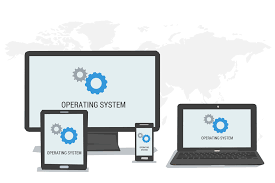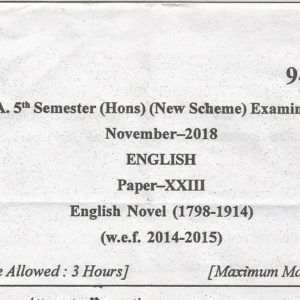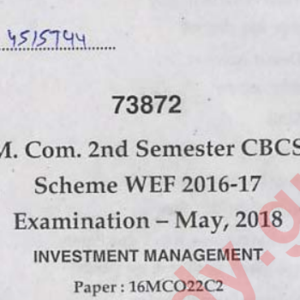
Computer – Operating System
An operating system is a program that acts as an interface between the software and the computer hardware.
USER
↓↑
APPLICATIONS
↓↑
OPERATING SYSTEM
↓↑
HARDWARE
Characteristics of Operating System
Here is a list of some of the most prominent characteristic features of Operating Systems −
- Memory Management − Keeps track of the primary memory, i.e. what part of it is in use by whom, what part is not in use, etc. and allocates the memory when a process or program requests it.
- Processor Management − Allocates the processor (CPU) to a process and deallocates the processor when it is no longer required.
- Device Management − Keeps track of all the devices. This is also called I/O controller that decides which process gets the device, when, and for how much time.
- File Management − Allocates and de-allocates the resources and decides who gets the resources.
- Security − Prevents unauthorized access to programs and data by means of passwords and other similar techniques.
- Job Accounting − Keeps track of time and resources used by various jobs and/or users.
- Control Over System Performance − Records delays between the request for a service and from the system.
- Interaction with the Operators − Interaction may take place via the console of the computer in the form of instructions. The Operating System acknowledges the same, does the corresponding action, and informs the operation by a display screen.
- Error-detecting Aids − Production of dumps, traces, error messages, and other debugging and error-detecting methods.
- Coordination Between Other Software and Users − Coordination and assignment of compilers, interpreters, assemblers, and other software to the various users of the computer systems.
NEXT-Computer – Software

